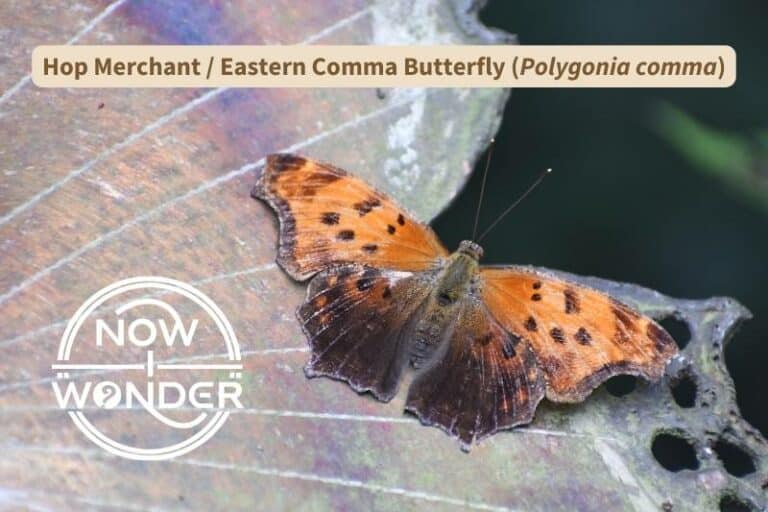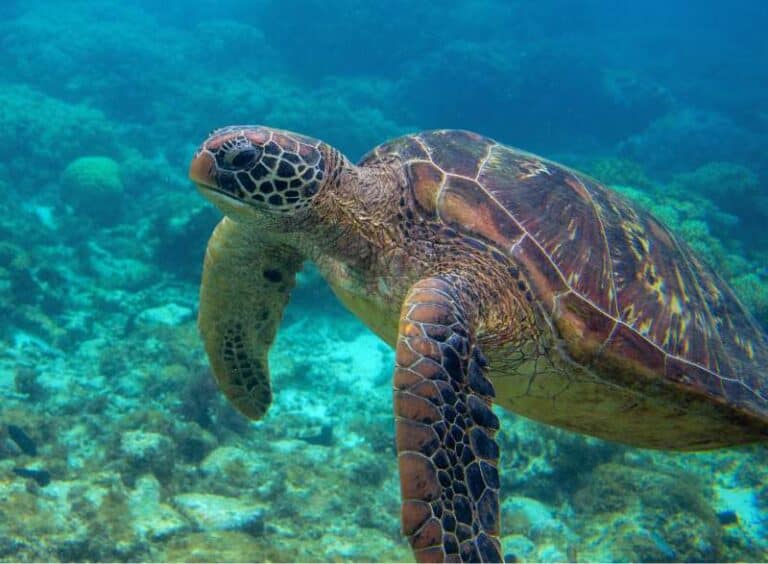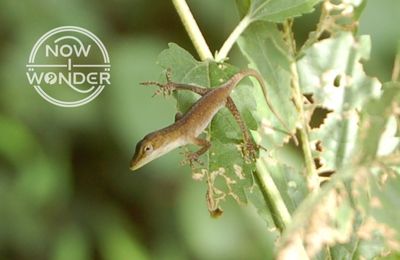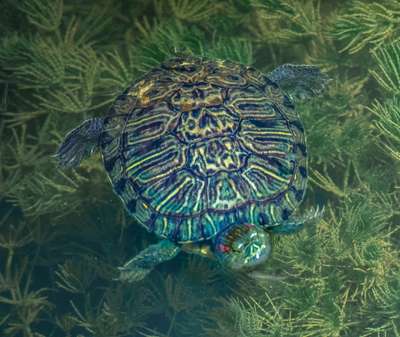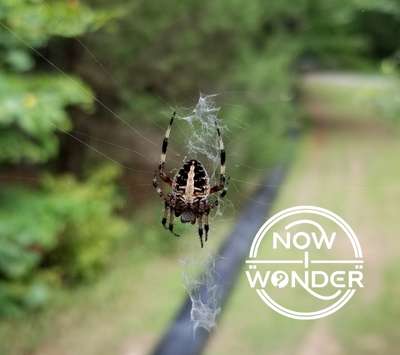Blister beetles are a particular group of insects that share the ability to secrete a noxious substance called “cantharidin” when threatened. This chemical is powerful enough to raise blisters on exposed human skin, which led to the common name for this family of beetles.
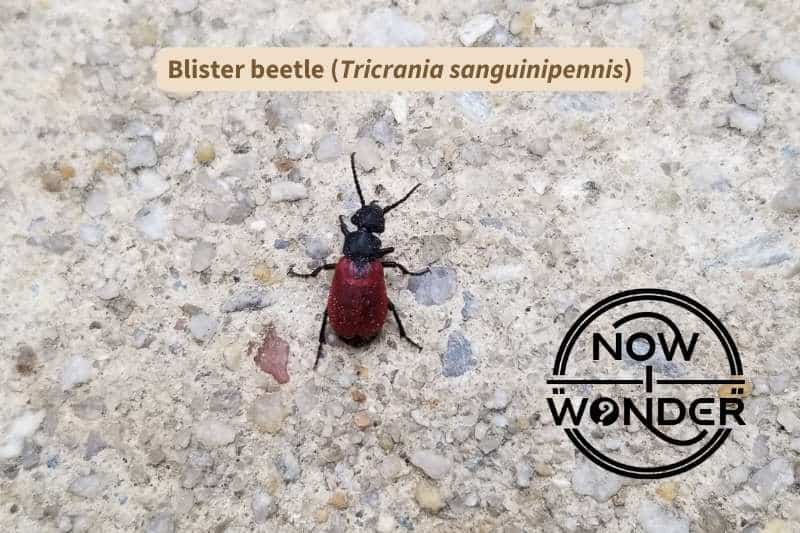
Classification
| Kingdom | Animalia |
| Phylum | Arthropoda |
| Class | Insecta |
| Order | Coleoptera |
| Family | Meloidae |
Blister Beetle Species Found in North Carolina
| Tricrania sanguinipennis |
Number of Blister Beetle Species
More than 400 blister beetle species are known in North America, with the most diversity found in the western part of the country (Eaton and Kaufman, 2007).
Physical Appearance
The beetle order Coleoptera is the largest order in the animal kingdom, so individual species come in a wide variety of colors and body shapes. Beetles have hardened forewing covers called elytra that meet in the center of their backs. At rest, these elytra shield and conceal the folded, membranous hind wings. In flight, the elytra spread out and to the side while the hind wings beat and propel the insect through the air.
Blister beetles heads are wider than the first segment of their thoraxes (“prothoraxes”), and are connected by wide “necks”. Most species display the classic beetle wing covers, the elytra of some species do not meet in the center of the abdomen, nor cover the entire abdomen.
North American blister beetles range in size from 0.375 – 1.125 inches (9.5 – 28.6 mm) (Milne and Milne, 1980).
Lifecycle
Female blister beetles lay eggs in the soil in late summer. The eggs hatch, and the larvae develop through their first few growth stages before winter.
Unlike the larvae of most beetle species, which retain the same general physical appearance throughout all their larval stages, blister beetles in family Meloidae undergo a special type of development called hypermetamorphosis (Resh and Carde, 2009). Hypermetamorphic insects have at least two larval forms and some have several; each form looks and acts differently from the other or others.
Blister beetles have four distinct larval forms.
The first larval blister beetle instar has legs and actively crawls around its habitat until it finds a suitable source of food. At this point, it molts into the second larval stage and begins to feed. Eventually, the blister beetle transforms into its third instar, which is plump, legless, and inactive. The larva overwinters in this form (Resh and Carde, 2009), then transforms into the fourth instar which again has legs and which prepares the pupal chamber (Evans, 2014).
Blister beetle larvae pupate in the spring, and emerge as an adults to feed and mate.
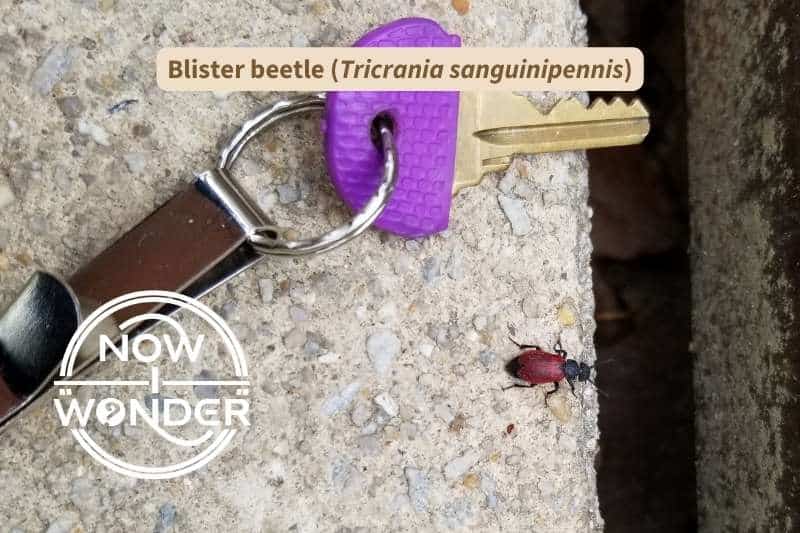
Habitat and Distribution
Blister beetles live in areas with abundant plants and flowers. Individuals congregate on flowers to feed and mate, especially in spring and summer, so common and abundant species can be easy to spot.
Blister beetles engage in a special dispersal technique called “phoresy”, which basically means that they hitch rides on passing insects in order to reach new and different habitats (Resh and Carde, 2009). Phoretic animals use the hosts for transport only; while some transition to becoming parasitic, “phoresy” is strictly related to using other animals for physical relocation.
Female blister beetles lay eggs on the flowers, which hatch into the first larval form called a “triungulin”. The triungulins attach themselves to bees and flies that visit the flowers and get flown to other locations.
Food and Feeding Behavior
Blister beetle larvae feed on the eggs of ground-nesting bees and grasshopper (Evans, 2014) and are considered “parasitoid” insects in this life stage. Parasitoid insects kill their hosts in the end, but not until they’ve grown enough to do without the nutrition. Blister beetle larvae, like other parasitoid insects, feed on the least vital tissues of their hosts first. By the time the hosts succumb to being consumed slowly over time, the blister beetle larvae are ready to pupate into their adult forms.
As adults, most blister beetle species eat plants; some feed mostly on the nectar and pollen of flowers, while others are serious pests of agricultural crops such as alfalfa, potatoes, tomatoes, and beets (Evans, 2014)
Predators
- Frogs
- Toads
- House spiders (Kukulcania hibernalis)
- Florida garden spiders (Argiope florida)
Amphibians are one of the few predator groups that can feed on blister beetles with impunity (Resh and Carde, 2009).
Most insect-eating mammals, such as raccoons (Procyon lotor), may initially eat individual blister beetles but quickly learn to avoid them, thanks to the toxic and injurious cantharidin the beetles exude when threatened (Carrel, 1999).
Fun Facts
- Blister beetles are so named because the fluid they release when threatened raises welts and blisters on contact with human skin (“cantharidin”).
- Blister beetles exhibit a defense mechanism called “reflex bleeding”, which is also seen in several other beetle families. Otherwise known as “autohemorrhage”, they can voluntarily increase fluid pressure in their bodies to push noxious fluid out of special, thin areas at their leg joints.
- Alfalfa is a preferred food plant for many species of blister beetle and individual insects may be incorporated into livestock feed when the alfalfa is harvested for hay. When the livestock accidentally eat the beetles, the cantharidin in the insects’ hemolymph and body tissues damages the livestock’s mucosal membranes. If enough cantharidin is consumed, the livestock can suffer severe ailments ranging from colic and inflammation to death (Williams, 2009).
- Different species of blister beetles produce different amounts and strengths of cantharidin. The species Epicuater vittata, which is found in the eastern United States, produces such powerful cantharidin that “1mg per kg of horse weight is enough to kill a horse” (Williams, 2009).
- Male Lytta polita blister beetles produce more than three times the amount of toxic cantharidin than females, despite weighing only about half the weight of the females (Carrel, 1999).
Conclusion
Defense against predation is a serious business in the natural world. Blister beetles evolved the ability to secrete their powerful chemical soup over millions of years of natural selection and this defense mechanism serves blister beetles extremely well. While no defense strategy is ever one hundred percent effective, the cantharidin these insects definitely has an effect on humans and other animals.
Blister beetles are well-named, and deserve to be given both respect and a wide berth.
References
Carrel, James E. 1999. “Contrasting Responses of Southern House Spiders and Raccoons to Blister Beetle Prey.” Journal of Chemical Ecology 25 (6) (06): 1295-1303. doi:https://doi.org/10.1023/A:1020970624529.
Evans, Arthur V.. 2014. Beetles of Eastern North America. Princeton: Princeton University Press.
Hafernik, John and Leslie Saul-Gershenz. 2000. “Beetle Larvae Cooperate to Mimic Bees.” Nature 405 (6782) (May 04): 35-6. doi:https://doi.org/10.1038/35011129.
Milne, Lorus, and Margery Milne. 1980. National Audubon Society Field Guide to Insects and Spiders. New York: Chanticleer Press, Inc.
Resh, Vincent H., and Cardé, Ring T., eds. 2009. Encyclopedia of Insects. San Diego: Elsevier Science & Technology.
Williams, Ralph E.. 2009. Veterinary Entomology : Livestock and Companion Animals. Baton Rouge: Taylor & Francis Group.

